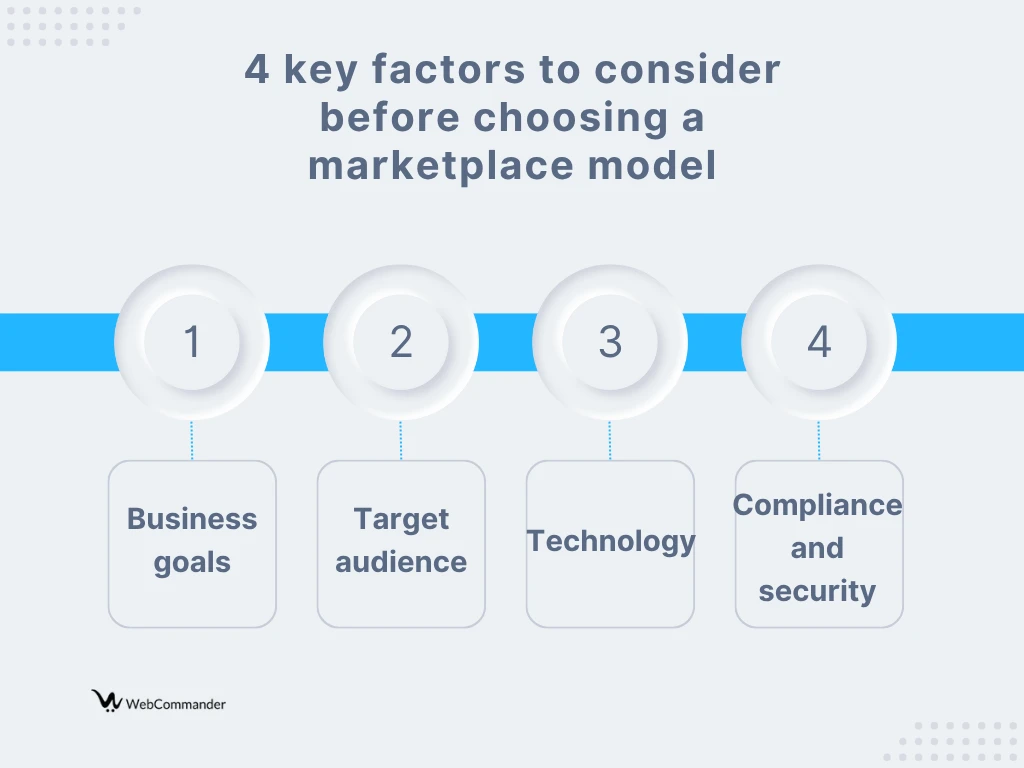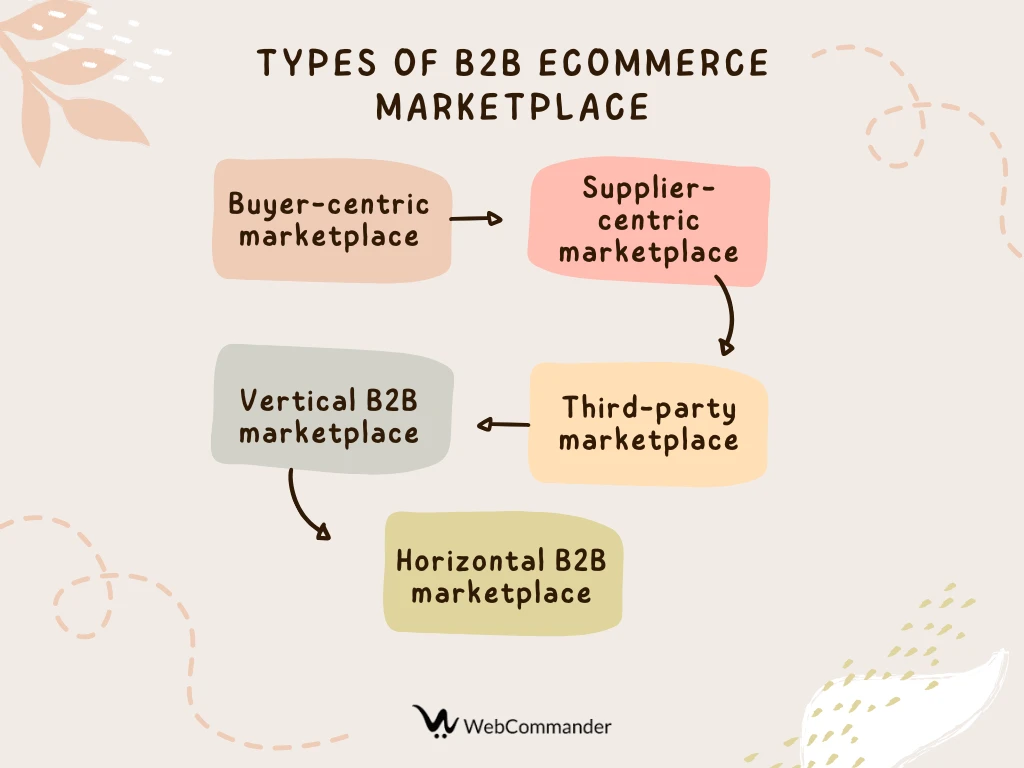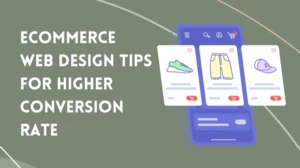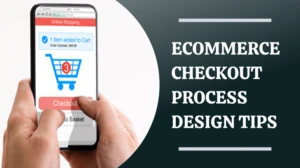B2B Ecommerce Marketplace Models: A Complete Guide
The way businesses buy and sell is no longer the same as it was before. Nowadays, the traditional trade is giving way to B2B ecommerce marketplaces. These digital platforms have become the trusted option when it comes to connecting suppliers, distributors, and buyers to streamline procurement and expand reach.
These platforms are now reshaping how businesses operate globally, be it in terms of sourcing raw materials, finding verified suppliers, or managing large-scale procurement. B2B ecommerce marketplaces are not just changing how businesses trade — they're redefining the future of B2B commerce.
What are B2B ecommerce marketplaces?
Simply put, these are online platforms that allow businesses to buy and sell products or services to other businesses. These are specially designed for companies that include manufacturers, wholesalers, distributors and retailers.
If we mention some name, Alibaba is the world's largest B2B ecommerce platform. It connects international buyers with Chinese manufacturers and suppliers and supports millions of product listings across all industries. Amazon Business is another trusted name in the field of the B2B marketplace. It caters to corporate and institutional buyers and offers bulk purchasing, business-only pricing, and account management tools.
Benefits of B2B ecommerce marketplaces
For the buyers
Access to many verified suppliers
B2B marketplaces give buyers instant access to a bunch of verified suppliers using their broad network. Businesses can explore various options, compare their offerings and source products based on the quality, price and delivery requirements.
Easier negotiation
Buyers can easily compare prices, delivery terms and product specifications in real time. As marketplaces support digital quoting and bidding features, buyers can negotiate better deals instead of sending long emails or exchanging phone calls.
Reduced cost
Everything from product search to payment happens digitally, which ends up saving significant time and operational expenses. There will be less manual paperwork, minimal human error and faster order approvals.
For the sellers
Higher market reach
Sellers can make connections with a global audience of verified business buyers through B2B marketplaces. They don't have to rely on traditional sales channels to introduce their products to international markets.
Automated sales operations
From order tracking to invoicing to payment processing, digital marketplaces can automate most aspects of sales management while making it easier for sellers to handle all buyers simultaneously.
Detailed insights and analytics
Most of the B2B marketplaces offer detailed analytics tools to track buyer behaviour, order patterns and market trends. Sellers can utilise all this data to identify high-demand products, make pricing strategies and improve their marketing efforts.
Key factors to consider before choosing a marketplace model

1. Business goals
Based on your business goals, you can determine which marketplace model best supports your business. If your aim is to streamline purchasing processes and manage supplier relationships efficiently, picking a buyer-centric marketplace will be ideal.
Or if you want to boost your sales reach and connect with new buyers, you can choose a supplier-centric or third-party marketplace.
2. Target audience
Understanding your target audience is a must. A niche marketplace might work well if you focus on a specific industry like construction, healthcare, or automotive, where specialised features and compliance are needed.
But if your business is targeting multiple industries with a wide range of products, a broad marketplace will suit you more.
3. Technology infrastructure
Only if you have the right technology foundation will it shape how flexible and scalable your marketplace can become.
If you use an existing platform or SaaS-based marketplace solution, you can benefit from many advantages, such as faster deployment, lower upfront costs, and ongoing technical support.
Even if you have enough budget, development expertise and technological resources, you can build your own platform to get full control over customisation, branding, and integrations.
4. Compliance and security
With strong compliance and security practices, you can build confidence and protect your brand reputation.
You must ensure that your platform follows data privacy regulations while providing secure payment gateways and encryption to protect financial data. There are many platforms that implement KYC and supplier verification systems in order to reduce fraud.
Types of B2B ecommerce marketplace

1. Buyer-centric marketplace
In a buyer-centric marketplace, one or more large buyers build their own private digital space and invite the suppliers to compete for their business. In this setting, the buyers basically set up and manage the marketplace where the suppliers register to offer their products or submit bids for purchasing requests. Here, the advantage goes to the buyers as they get more control over pricing and supplier selection.
2. Supplier-centric marketplace
Mostly, one or more sellers manage the supplier-centric marketplace to offer their products directly to the buyers. This way, the wholesalers and distributors can reach a wider audience. The supplier has full control over the marketplace to list their full catalogue. Buyers can do everything from browsing products to requesting quotes to placing bulk orders.
3. Third-party marketplace
An intermediary or third-party marketplace is the most common model that is run by a third-party operator. It connects multiple buyers and sellers on one platform. Platforms like Alibaba, Global Sources, and Amazon Business can be a good example.
The marketplace owner provides all the infrastructure, tools, and security where the sellers list products and buyers place orders directly. It benefits both sellers and buyers as the sellers can join and gain exposure easily, and the buyers can get access to a wide range of verified suppliers.
4. Vertical B2B marketplace
Vertical B2B marketplace focuses on a single industry or product category, such as construction materials or medical equipment, and offers specialised features tailored to that field only.
This model is ideal for attracting targeted buyers and sellers and for building deeper trust within a specific sector.
5. Horizontal B2B marketplace
This marketplace caters to multiple industries and offers a wide range of products. It can connect businesses across various sectors and works best for companies that need to sell or source products in bulk without focusing on one niche. It offers the opportunity to reach a diverse customer base.
Some common challenges in B2B marketplace operations
Running a B2B ecommerce marketplace can also come with several challenges as it involves larger order volumes, complex pricing structures and long-term business relationships.
- Managing the transparency and negotiation in pricing is a big challenge as it depends on factors like order quality, contract duration and buyer-seller relationships. If the price is way too visible, it can hurt the competitiveness, while too little can frustrate buyers.
- Since B2B marketplaces handle large volumes of sensitive data, protecting all of them against cyber threats can be a big challenge. Also, you have to ensure compliance with regulations such as CCPA or local privacy laws.
- Ensuring consistent product quality across multiple sellers can sometimes become difficult. Even after providing all the right product descriptions, certifications and reviews, if one supplier underperforms, it can end up harming the platform's overall reputation.
- Coordinating everything, including warehousing, logistics, and shipping, is also a huge challenge as B2B orders involve bulk quantities, customised packaging and specific delivery schedules.
- Payments in B2B marketplaces are also complicated than other online transactions. You have to offer flexible, secure and scalable payment solutions.
Final words
No matter whether you choose a buyer-centric, supplier-driven, or third-party model, the main key is to align your marketplace strategy with your business goals, target audience, and long-term vision. As technologies are evolving continuously, these marketplaces will play an even greater role in driving efficiency, innovation, and trust in B2B transactions — shaping the future of business commerce worldwide.




![How to Start an Ecommerce Business in Australia [2023 Guide]](/template/5731a701/images/resource-blog-right-img1.png)





